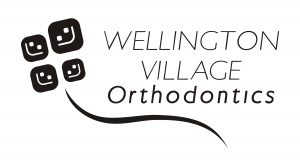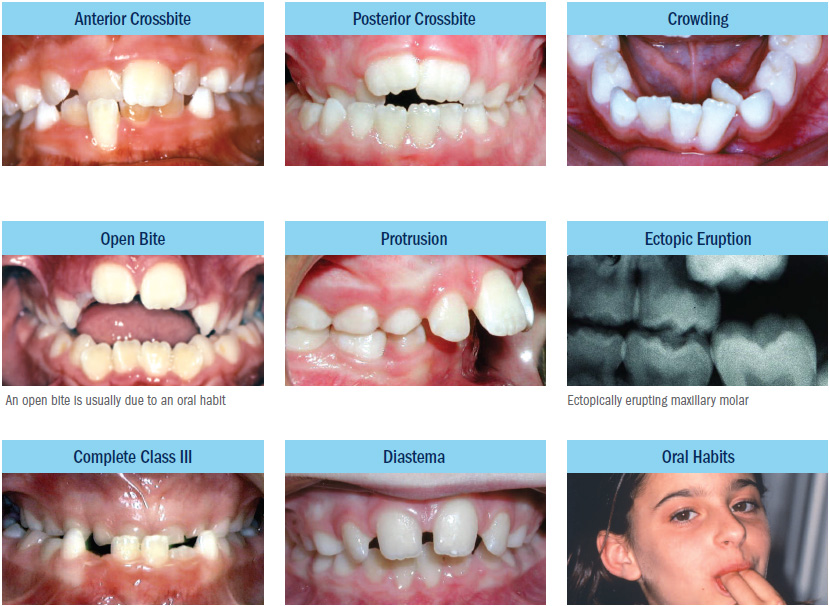A malocclusion is a misalignment or incorrect relation between the teeth of the two dental arches when they approach each other as the jaws close. Malocclusions may benefit from early diagnosis in order to be taking care of by an orthodontic specialist at an early stage.
Source: American Association of Orthodontists
What Causes Malocclusion?
Malocclusion is usually an inherited condition. This means it can be passed down from one generation to the next.
There are some conditions or habits that may change the shape and structure of the jaw. These include:
- cleft lip and palate
- frequent use of a pacifier after the age of 3
- prolonged use of bottle feeding in early childhood
- thumb sucking in early childhood
- injuries that result in the misalignment of the jaw
- tumors in the mouth or jaw
- abnormally shaped or impacted teeth
- poor dental care that results in improperly fitting dental fillings, crowns, or braces
What Are the Symptoms of a Malocclusion?
Depending on the classification of malocclusion, the symptoms of the disorder may be subtle or severe.
Typical symptoms of malocclusion include:
- improper alignment of the teeth
- alteration in the appearance of the face
- frequent biting of the inner cheeks or tongue
- discomfort when chewing or biting
- speech problems, including the development of a lisp
- breathing through the mouth rather than the nose
The American Association of Orthodontists (AAO) recommends that all children have a check-up with an orthodontic specialist no later than age 7.
Reasons for an early examination:
- The posterior occlusion is established when the first molars erupt.
- Incisors have begun to erupt and problems can be detected
- A timely evaluation will lead to significant treatment benefits
Our goal is to provide each patient with the most appropriate treatment at the most appropriate time.

